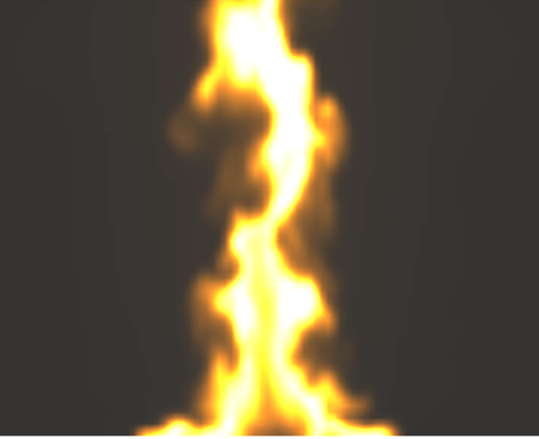Beauty – they say – is in the eye of the beholder. Computational fluid dynamics (CFD) has, at times, been exactly that in my eyes. The use of CFD to, for example, predict the weather, visualize the mixing of cream in a cup of coffee, or the wake behind a boat, has always captivated me and kindled in me a desire to take it even further. Perhaps that is why I became interested early on in the CFD modeling of fire and its effects.
Way back in grad school in the 1980’s, my PhD advisor, Prof. K.T. Yang at the University of Notre Dame, was similarly enchanted with CFD modeling of fire. He was one of the pioneers of CFD fire modeling in the USA, and the one who introduced me to fire CFD. In those days, the computer resources were quite limited, and at first the modeling efforts were limited to 2D (two-dimensional) simulations with RANS-based formulations of the governing equations and very simple turbulence models (e.g., based on Prandtl’s mixing length). The region occupied by the fire itself was often specified a priori by the user of the software, and a pre-calculated heat release rate and flame height. The CFD was mostly a modeling of the spread of smoke and a calculation of the corresponding convective and radiative heat transfer. A CFD grid for a typical problem needed to be relatively coarse because of computer limitations, like this one below for example.

But it was a start, and as the saying goes, “do not despise the day of small beginnings!” I still remember the gleam in Professor Yang’s eyes and the excitement in his voice when he said: “One day we will be able to simulate a fire with CFD, and it will LOOK LIKE a fire!” That prophesy has come true (long ago, actually), as the attached link to a CFD simulation of fire attests. Of course the goal with CFD fire simulation is most often not solely to visualize a fire, but rather for the sake of obtaining quantifiable results (temperature, heat flux, velocity) that can be compared to experimental data and used for design or risk assessment. It is now a common thing to simulate fire with CFD and produce realistic results and realistic looking fires. For example, here is a temperature field visualization along the centerline of a 3 meter diameter heptane pool fire from a CFD simulation.

But the real enchantment starts when you create a video of the CFD results. Below is a video of the CFD results for temperature field along the centerline of a radially spreading 3 m diameter heptane fire.
Warning to user: The video is quite mesmerizing, and for some could even be addicting.
Suffice it to say that being involved in fire CFD has been a most interesting journey, from where we started to where we are today. Perhaps I will get time to write more about my part of that journey in a later blog article. But for now, just enjoy the beauty you find today, perhaps right in front of you on your computer screen. 😊